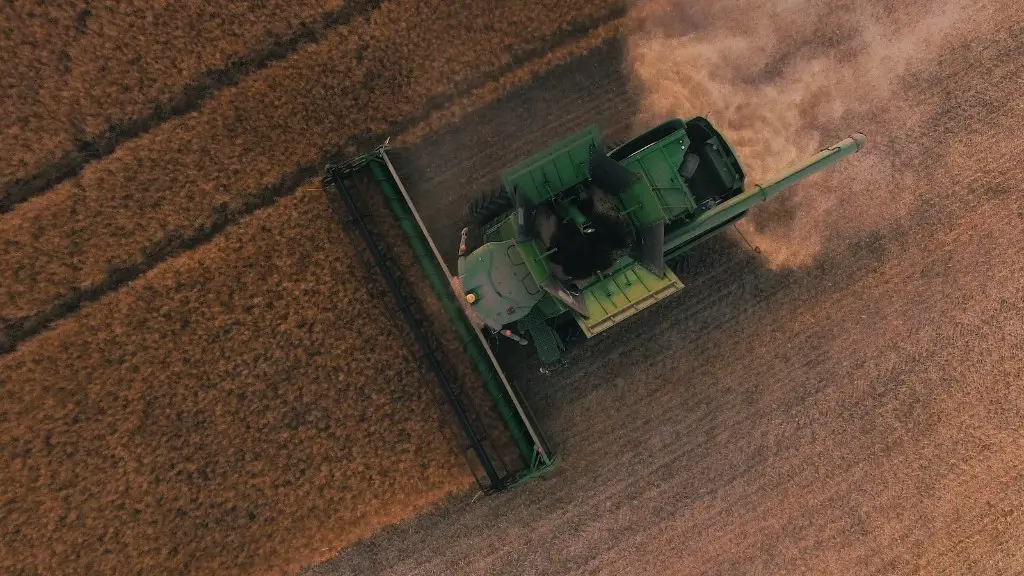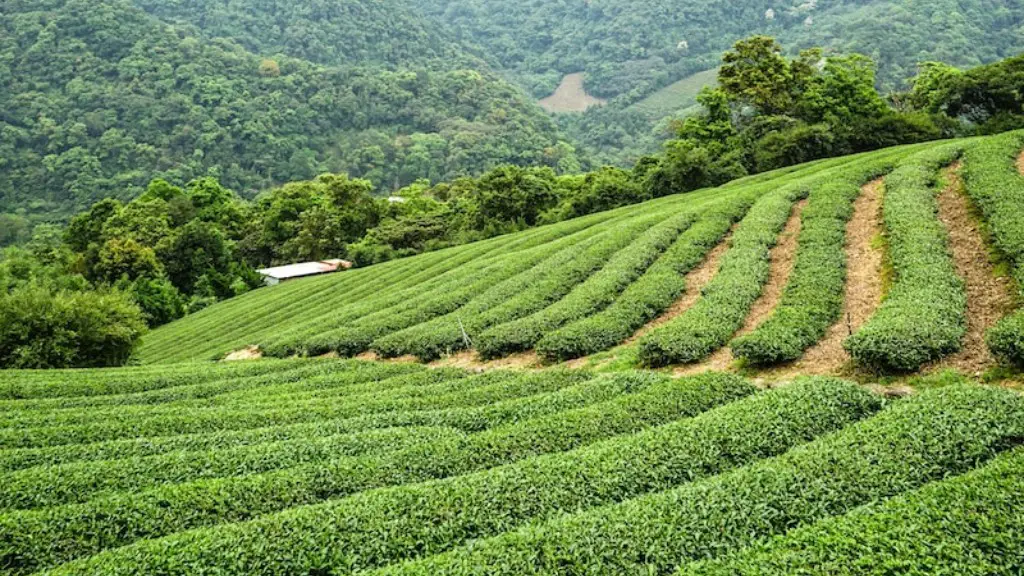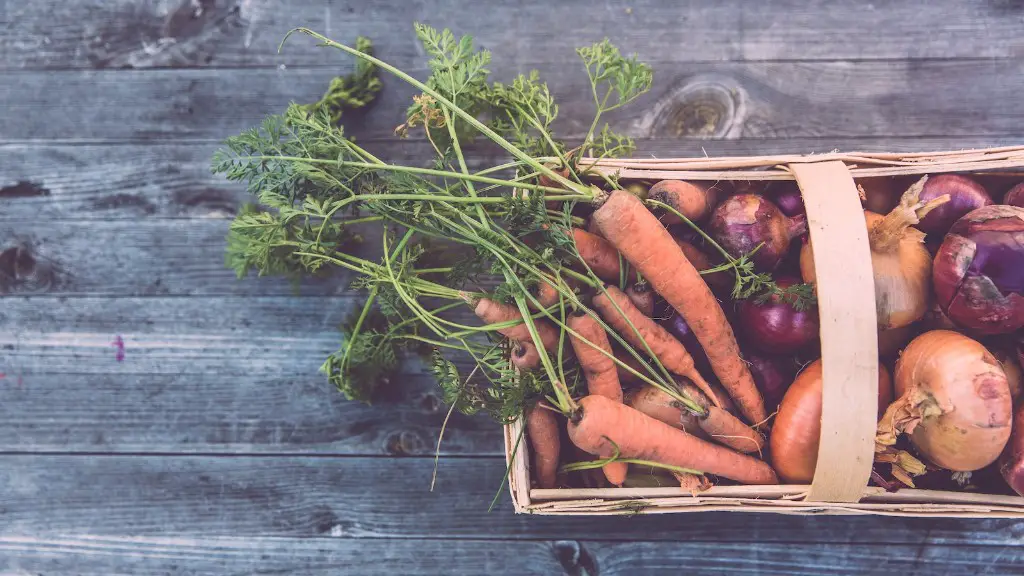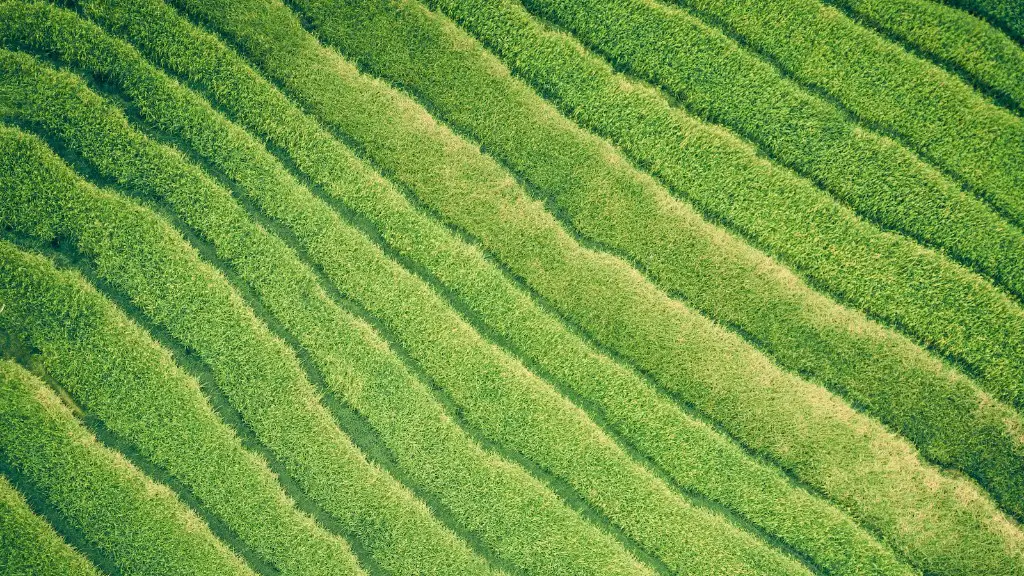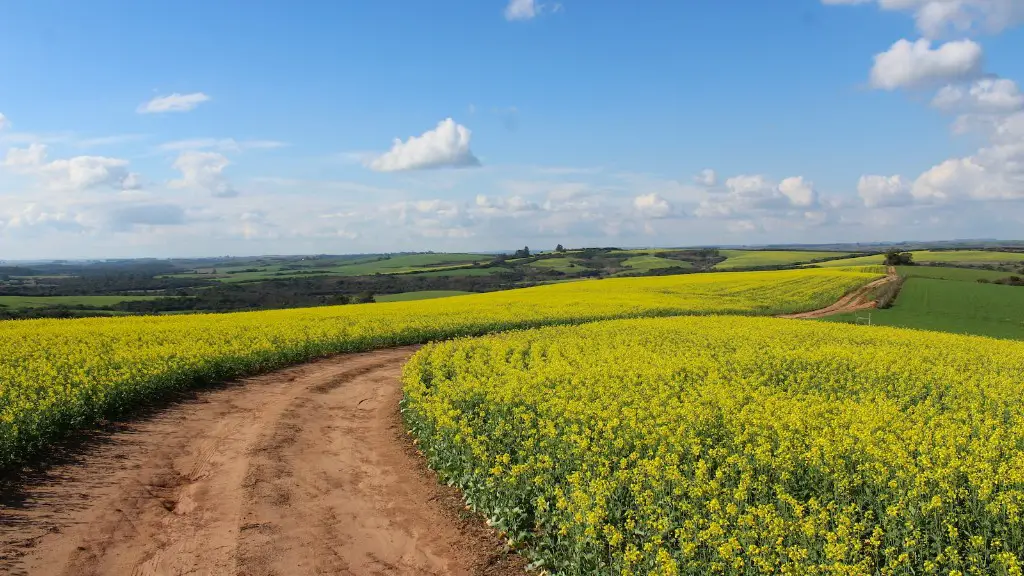Agriculture and urbanization both refer to the process of human settlement. Agriculture is the process of making land arable for crops and raising livestock, while urbanization is the process of making an area suitable for human habitation. Both processes require the clearing of land, the construction of homes and other buildings, and the development of infrastructure.
There are many similarities between agriculture and urbanization. Both involve the production of goods and services, the use of land and labor, and the exchange of goods and services. Both agriculture and urbanization also have associated costs, including the cost of land, labor, and materials.
What is the relationship between agriculture and urbanization?
As the world’s population continues to grow, the amount of agricultural land available for food production is decreasing. This is due to two main factors: the loss of land to urbanization, and the conversion of agricultural land to non-productive uses.
As cities expand, they require more land for housing, industry, and infrastructure. This land is often taken from agricultural areas, leading to a direct loss of farmland. In addition, as rural areas become more developed, they are increasingly used for non-agricultural purposes such as recreation, horse keeping, and hobby farming. This reduces the amount of land available for agriculture, leading to an indirect loss of farmland.
The loss of agricultural land has serious implications for food security. With less land available for food production, the world will need to find other ways to increase food production in order to meet the needs of a growing population.
Industrialization is the process of transforming an agricultural economy into a manufacturing one. This transformation is usually accomplished through the introduction of mass production and assembly lines, which replace manual and specialized laborers. The process of industrialization has historically led to urbanization, as it creates economic growth and job opportunities that draw people to cities.
How is urbanization affecting agriculture
Urbanization processes, such as the conversion of agricultural land to urban land, can put pressure on farmers. This is because there is less land available for farming, and the externalities associated with urbanization (such as pollution) can make farming activities more difficult. There is also competition for land, as developers may be willing to pay more for land that is close to urban areas.
The rise in urbanization means that there is an increased demand for food, as well as a change in the type of food that is consumed. Farmers must therefore adapt their production in order to meet these changing needs. This can be a challenge, but it is essential in order to maintain a stable food supply.
What are the five relationship between agriculture and industries?
Agriculture serves as a major source of raw material to many industries. These industries in turn obtain raw material from agriculture and produce finished goods. For example, sugar and textile industries depend on agricultural products. Similarly, agriculture consumes a major share of industrial products like farm machineries, fertilizers, etc.
Urban agriculture has the potential to improve food security by providing healthy and fresh food to urban families. In most cities and towns, many people do not have access to affordable and healthy food because of inability to buy or produce their own food. Urban agriculture can provide an alternative source of fresh and healthy food for these families.
What is the similarities between industry and agriculture?
The agriculture and industrial sectors are interdependent on each other. Agriculture provides various industries with raw materials, labour, a market for their goods, and also food for workers in the industrial sector. In turn, industries help develop agriculture by providing machinery, technology, and marketing assistance.
The key difference between industrialization and urbanization is that industrialization is the process of transforming a society from an agrarian society to an industrial society, while urbanization is the process of migration of people from villages to urban areas.
While industrialization leads to urbanization, the two terms are not interchangeable. Industrialization is a process that results in the transformation of a society, while urbanization is a consequence of this process.
What is the relationship between agricultural and industrial
The agricultural sector is a key driver of economic growth and development in any country. It not only supplies other sectors within the country with products like foodstuffs and industrial raw materials, but also provides labour, capital, and markets that are necessary for industrialization and the manufacturing industries. In most cases, the manufacturing industries aggregate, pack, package, purify or process the raw materials that are supplied by the agricultural sector.
Urban agriculture can have a variety of benefits to the surrounding community. By reducing transportation costs, urban farming can help reduce the amount of pollution that is produced by vehicles. Additionally, by helping to reduce runoff associated with heavy rainfall, urban agriculture can help to improve water quality. Finally, by providing fresh produce and other goods to the community, urban agriculture can help to improve the overall health of the community.
What are the benefits of urban agriculture?
Urban agriculture has so many benefits that it’s hard to know where to start! One key benefit is the prevention of the heat island effect. By growing plants and trees in cities, we can help to cool down the air and make the environment more pleasant for everyone.
Other benefits include the reduction of greenhouse gases, the creation of resilient food systems, the preservation of biodiversity, the addition of value to properties, the promotion of wellness and performance in the workplace, and the awareness of healthy eating habits.
The main causes of urbanization are industrialization, commercialization, rural-urban change, change in the way of living, employment opportunities, social benefits, etc.
Urbanization is a process where the population shifts from rural to urban areas due to various factors. The main factors that cause urbanization are industrialization, commercialization, rural-urban change, change in the way of living, and employment opportunities.
Industrialization leads to the growth of cities and the development of new industries which provides employment opportunities and social benefits. Commercialization results in the growth of businesses and the development of new services which attract people to the cities.
Rural-urban change is another factor that leads to urbanization. This is when people move from rural areas to urban areas in search of better employment opportunities, social benefits, and a change in the way of living.
Employment opportunities are one of the main reasons why people move to urban areas. Cities offer more job opportunities than rural areas and this is a major factor that contributes to urbanization.
Social benefits is another factor that contributes to urbanization. Cities offer more social benefits than rural areas, such as better education and healthcare.
Urbanization is a process that is caused by various
What are the 3 causes of urbanization
There are many reasons why people may choose to migrate from rural to urban areas. Often, economic opportunities are better in cities, and people may move in search of jobs or higher wages. Political instability or conflict in rural areas can also drive people to cities, where they may feel safer. Additionally, social issues like a lack of access to education or healthcare may lead people to seek out urban areas with more resources. Lastly, modernization can play a role in urbanization, as cities often have more infrastructure and services than rural areas.
The environment matters to agriculture because it provides the basis for food and agricultural systems. Agriculture can have positive (eg conserving habitat for wild species) or negative (pollution, soil degradation) impacts on the environment.
What are the three relationship between agriculture and industry?
Agriculture provides an important market for industrial products, as farmers require machinery, chemicals, fertilizers, and other inputs to produce crops and livestock. Additionally, agriculture provides food to industrial workers, as well as raw materials for processing into food, beverages, and other consumer goods. However, agriculture and industry compete for labour, as both sectors require workers to produce their goods and services.
There are agro-based industries that get their raw materials from agriculture. These industries sell their products to the farmers. In return, the farmers get irrigation pumps, fertilisers, insecticides, PVC pipes and many other things from these industries.
Conclusion
There are many ways that agriculture and urbanization can be linked or related. One way is that they can both be seen as drivers of economic growth and development. Another way is that they can both result in environmental degradation and pollution.
Despite their many differences, agriculture and urbanization actually have quite a lot in common. Both rely heavily on human labor, for instance, and both have a significant impact on the environment. Additionally, both agriculture and urbanization can be considered drivers of economic activity, and both have a profound social and cultural impact. In short, while they may seem like completely different phenomena, agriculture and urbanization actually have quite a lot in common.
